Learn more about the fascinating history of Kristiansand, a city on Norway’s south coast.
A city that has been dubbed the ‘Barcelona of Norway’, Kristiansand is a small but vibrant city in the south of the country. But the city can trace its history all the way back to the Stone Age.
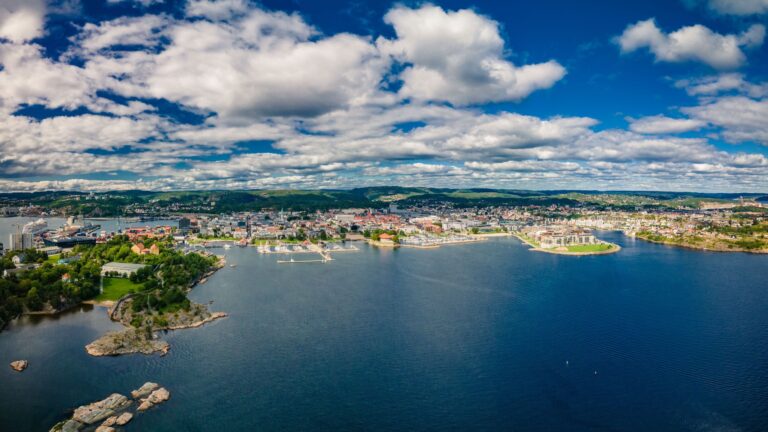
Join me as I take you on a journey through the city’s history, from early beginnings to the modern city we know today.
Location
Located in the far south of Norway, Kristiansand is the southernmost major city in the country. It can be found by following the coastal road E18 straight down from Oslo. The city lies on the Skagerrak, the strait between Denmark and Norway.
This location makes it ideal as a port and until the opening of the Kiel Canal in 1895 it was a crucial city in terms of maritime trade.
It’s still a busy port today and is a popular cruise ship port. The city is the most important stop on the railroad between Oslo and Stavanger for freight coming from or going to the rest of Norway.
Prehistoric Kristiansand
The earliest evidence we have of human life in Kristiansand dates to 6500BCE. A well-preserved skeleton of a woman was found in Søgne in 1996 that was dated to approximately this time.
Grauthalleren, located on Fidjane is believed to be a stone age settlement, which would put it at somewhere between 4000 and 2000 BCE.
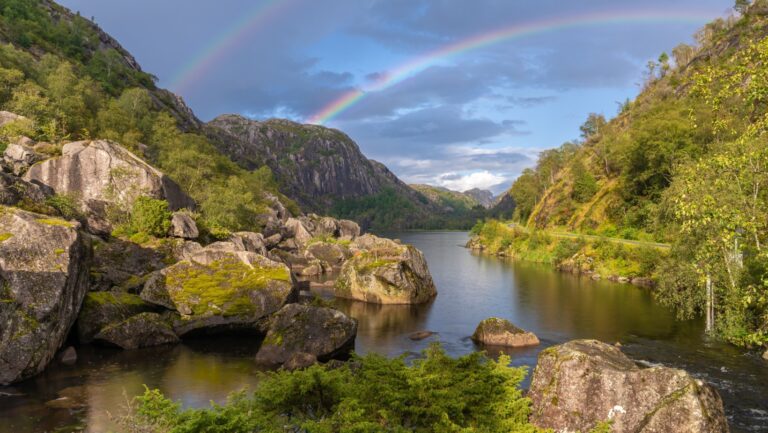
A neolithic ritual enclosure known as a Sarup was discovered at Hamresanden in 2010 and this dates back to 3400 BCE. Excavations near Oddernes Church have uncovered settlements dating back a few centuries either side of the start of the common era.
These settlements are unique in Norwegian history as most of the evidence we have from this period points to isolated farms rather than settlements of many different buildings. Other excavations near the church have uncovered the largest pre-Christian burial ground in Norway.
The stone church itself was originally built in 1040 but there’s evidence that one or more wooden churches existed on the site before. This all points to the fact that the area likely had a fairly large population before the Black Death arrived in Norway.
There was a busy port and village by the River Otra, on the lowest point of modern-day Lund, and a harbour on the island of Flekkerøy in the 15th and 16th centuries.
The harbour was fortified under King Christian III in 1555 and in 1635, King Christian IV ordered a Royal Palace to be built there.
Christianssand
King Christian IV is known to have founded a large number of towns. He visited the area of modern-day Kristiansand in 1630 and 1635 and then, finally, in 1641 formally founded the town of Christianssand on the opposite bank of the River Otra.
The town was laid out in a grid style, as can still be seen today in ‘The Quarters’ (Kvadturen). Merchants from around Agder were given Royal privileges and tax-exemptions to move to the new town.
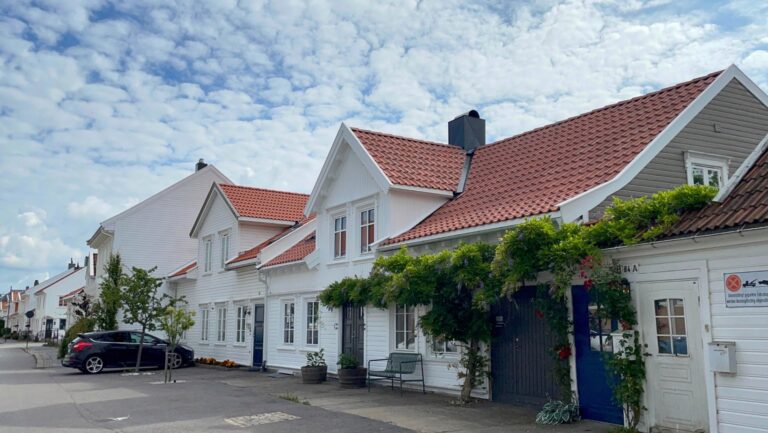
In 1666 the town was heavily fortified and became a garrison town, then in 1682, Christian IV ordered the bishopric to move there from Stavanger.
Christianssand suffered from a devastating fire in 1734 that tore through the town damaging or destroying many of the buildings.
Maritime history of Kristiansand
Later in the 18th century, between the American Revolution and the Napoleonic Wars, the town was a major centre for ship building. It’s the only area in Norway where Oak trees grow well, which are important for building sturdy ships.
The Napoleonic Wards brought disaster to the town. As an ally to the French, Denmark-Norway suffered relentless attacks from the British. The continental blockade and dangerous naval warfare made it difficult for any of the merchants to trade.
It was only in the 1830s that that town began to recover. Shipbuilding gathered pace in line with the growth in the Norwegian shipping industry. There was also a great number of lobsters proliferating on the coast, which were trapped and shipped to the markets of London.
A healthy town
One development which saved countless lives was the establishment of a quarantine station for maritime traffic and a hospital at Odderøy Island.
At the time, cholera was rife throughout Europe and thousands were dying. In comparison with Drammen, where between 1833 and 1866, 366 of 544 patients died, Kristiansand had only 15 deaths in the same period.
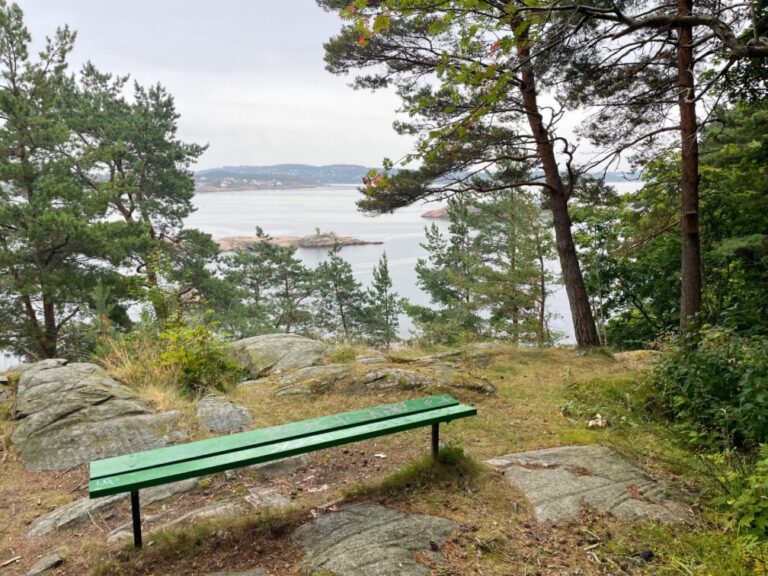
The 19th century also saw the establishment of Eg Sindssygeasyl, the second psychiatric hospital in the country. This led to an influx of highly trained doctors and related professionals. It also served to provide a larger number of jobs for women in nursing and patient care.
Twentieth-century Kristiansand
Like most of the world, the story of 20th century in the area is one of industrialisation. The rapid proliferation of hydropower in the south of the country led to a rise in heavy industries, and much more cleanly than countries that relied on burning coal for fuel. A nickel refinery was established, which still exists to this day.
While the First World War devastated much of Europe, for Kristiansand, as a neutral trading town, it was an economic boom.
This didn’t last long, however, as the problems with the Gold Standard in the 1920s, along with the world economic crisis of the 1930s – the Great Depression – severely curtailed spending and, like all trading towns, Kristiansand suffered.
The Second World War, unlike the first, was a terrible time for the town. The German navy and air force attacked the town severely until, after two failed attempts, they managed to capture and occupy the city.
After the war, rebuilding led to great developments in Lund and Vågsbygd. Industry started to suffer, as in many places, during the 1980s but the town revitalised itself quickly, becoming a key area for marine and off-shore equipment and drilling technologies.
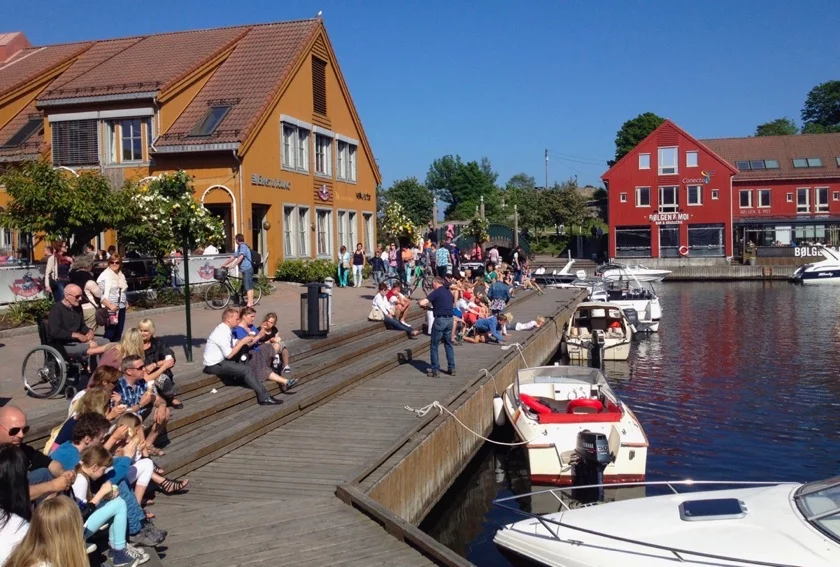
In the year 2000, one of the darkest days in Kristiansand occured when the bodies of two young girls were discovered two days after they went missing. The Baneheia case, named after the recreational area in which they were found, would go on to become Norway’s biggest ever judicial scandal.
What’s in a name?
Kristiansand is named after the Danish King Christian IV who founded the city on 5th July 1641. The ‘sand’ refers to the sandy headland that the city was built on.
It was originally spelled Christianssand, occasionally Christiansand, until 1877 when spelling reform to make place names sound ‘more Norwegian’ came into place and it became Kristianssand.
Some historic companies still retain the original spelling in their names. In 1889 a further change took place to drop an s, giving us the Kristiansand of today.
In 2012, the mayor proposed reverting to Christianssand as being more historically accurate and traditional but this did not receive widespread support among the population.
Experience history in Kristiansand today
Kristiansand boasts a large number of museums where you can discover more about the history and culture of the area. While they’re all worth some of your time, the best ones are described below.
The Kristiansand Museum is an open-air museum where you can visit a large number of old houses dating all the way back to 1585. These are arranged into a couple of farmyard areas and there’s a school classroom from the 1800s. You can get a guided tour through the museum and learn all about the history and culture of the area.
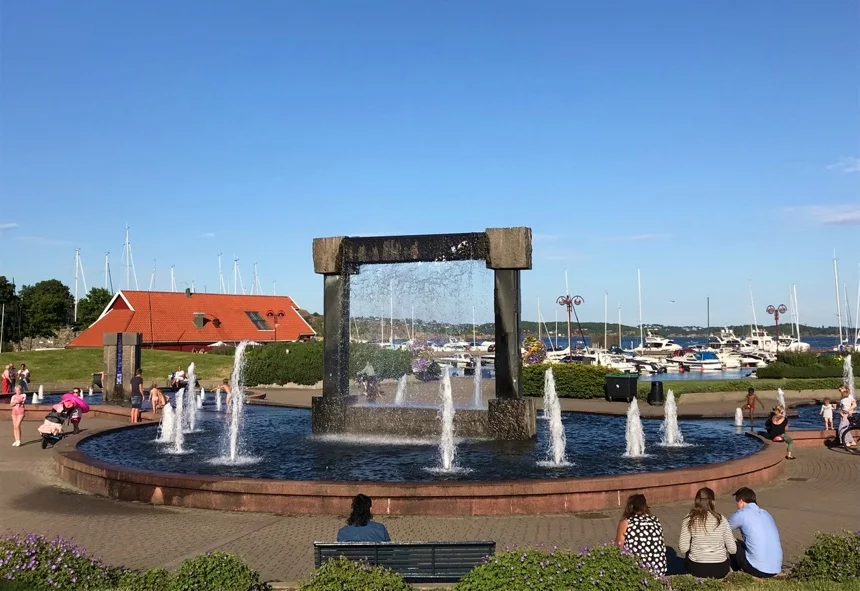
At Møvik, just outside Kristiansand, you can find the Cannon Museum (kanonmuseum). The cannon battery from the second world war is the second largest cannon mounted on land.
Along with one in Denmark it was used to control shipping in the Skagerrak. Part of the ammunition railway has been reopened so passengers can enjoy a train ride around the area.
Built inside the only existing Gestapo headquarters from World War II, The ARKIVET Peace and Human Rights Centre is a fascinating look at one of the most gruesome periods in modern Norwegian history.
The story of the war is conveyed through a series of permanent and temporary exhibitions and is a must-visit for anyone keen to see how the war played out in Norway.
Finally, the Natural History Museum and Botanical Garden offers a much more sedate experience. You can see how natural history changed from the Ice Age to the present day. Highlights include a mineral exhibition, Norway’s largest collection of cacti and a rose garden dating back to 1850.
Kristiansand today
The modern city is one of Norway’s most popular places to visit. The city attracts around one million tourists each year, to enjoy its wide range of attractions.
It is well worth a visit for anyone, as it can provide a beach holiday, city break and history tour all in one fairly small and accessible location.
Have you visited Kristiansand or is it on your bucket list? Let us know in the comments.

